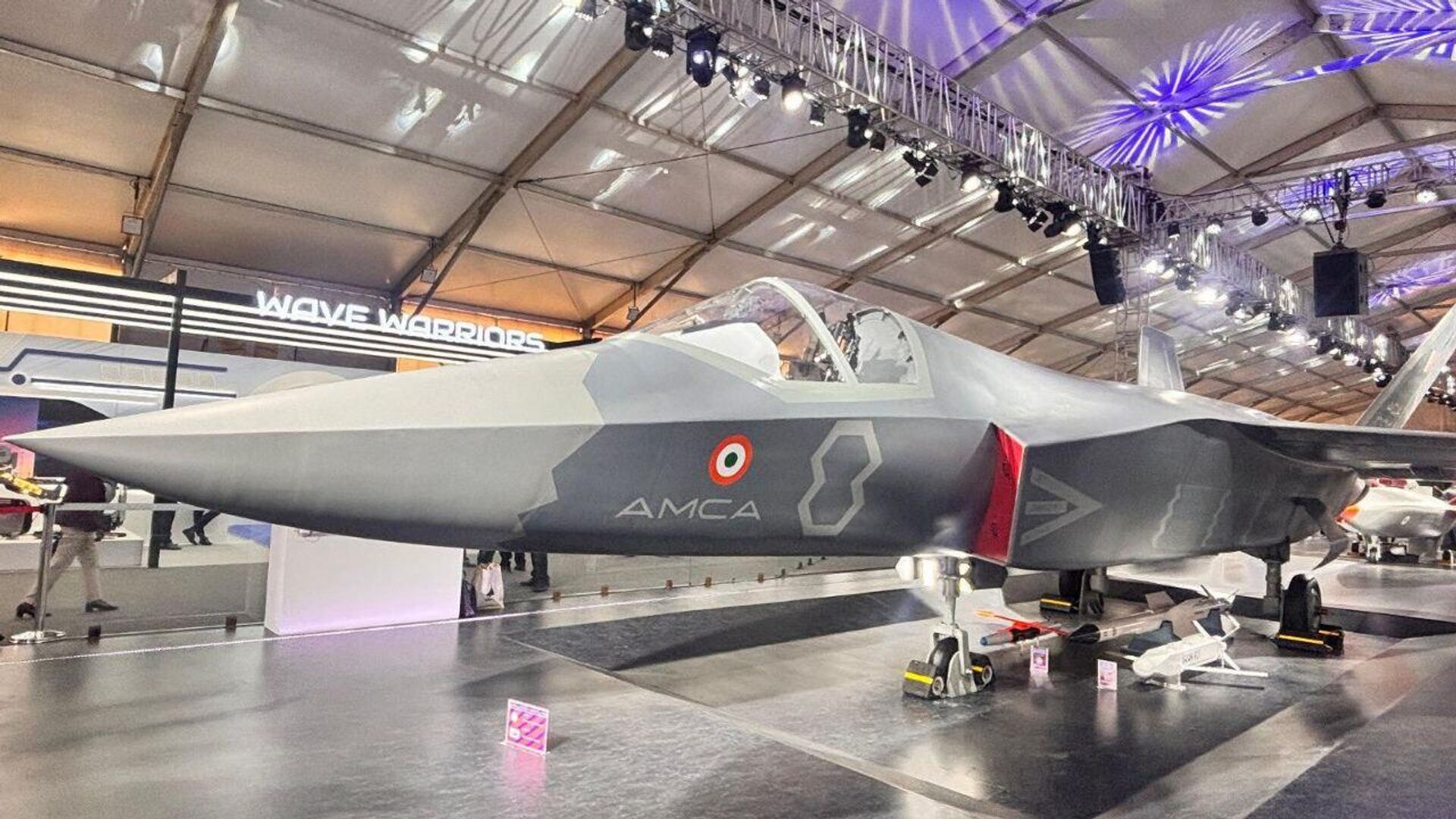India's Missile Production Goes Private: Why the Move is Significant?

© X/@DefenceMinIndia
Subscribe
As of now, Bharat Dynamics Limited (BDL) and Bharat Electronics Limited (BEL), in partnership with the Defence Research and Development Organisation (DRDO), are the only manufacturers of missile systems in India.
India's reported move to open the development and production of missiles, artillery shells, ammunition and ordnance to private players is significant because it addresses not just self-reliance but the resilience and depth of India's defence industrial base, an expert has said.
"By opening missile, artillery, and ammunition production to the private sector, the Ministry of Defence is effectively broadening the country's industrial bandwidth — something that's critical during high-intensity, prolonged conflicts," Harpreet Sidhu, an analyst at the GlobalData Plc, a market intelligence firm specialising in Aerospace, Defense & Security, told Sputnik India.
First, it mitigates the bottleneck of relying solely on state-owned ordnance factories. Historically, production surges during crises have been constrained by limited facilities and slower decision-making in the public sector. Bringing in private players means India can tap into additional manufacturing lines, modern production techniques, and more agile supply chains—ensuring rapid scaling of critical munitions, he underlined.
Second, it strengthens the entire ecosystem. Private firms often come with advanced automation, precision engineering, and better quality-control processes, which can improve reliability and reduce wastage. Over time, this will also push public-sector entities to become more competitive, the market analyst believes.
"Third, it enhances strategic readiness. In a prolonged conflict, the biggest challenge isn't just advanced weaponry but the sustained availability of ammunition and spare parts. A diversified industrial base ensures that even if one production node faces disruption—say due to geopolitical or logistical reasons—others can continue to supply," Sidhu emphasised.
Finally, this move creates an innovation pipeline. Once private industries invest in R&D for next-gen ordnance, India benefits from homegrown technological advancements and reduced dependency on imports. It also improves the scope for exports, which can bring in revenue that's reinvested into further modernisation, he noted.
So, beyond the slogans of Make in India or Aatmanirbhar Bharat (Self-Reliant India), the real gain here is that India will be better prepared to sustain long-duration, high-intensity warfare with a more robust, diversified, and future-ready defence production base, the strategic affairs watcher underscored.
"Furthermore, the inclusion of private sector players in strategic programs like the Advanced Medium Combat Aircraft (AMCA) and missile production is a clear signal that India's defence-industrial complex is moving from a monopoly-driven model to a performance-driven ecosystem," Sidhu asserted.
For decades, the public sector—especially Defence Public Sector Undertakings (DPSUs) and Ordnance Factory Board (OFB)—held a near-exclusive mandate in defence production. While that model served the country in its formative years, it often led to cost overruns, delays, and limited capacity to absorb cutting-edge technologies at the required pace, he stressed.
The pundit suggested that by enforcing strict timelines and opening high-end projects to private industry, the government is essentially saying: 'Capability, quality, and delivery — not legacy — will decide who leads.'
According to Sidhu, this shift impacts the ecosystem in three ways:
1. Competitive Pressure on DPSUs: It signals to the public sector that their monopoly is no longer guaranteed. DPSUs now must compete on efficiency, innovation, and delivery timelines, which should ultimately raise their performance standards.
2. Acceleration of Modernisation: Private sector involvement, especially in programs like the AMCA, brings faster decision-making, flexible production models, and exposure to global best practices, which helps India shorten its R&D-to-deployment cycle—historically one of our biggest challenges.
3. Industrial Synergy: Rather than displacing the public sector, it encourages collaborative partnerships—public-private joint ventures, shared IP development, and joint supply chains. This synergy can maximise existing state-owned infrastructure while leveraging private agility and capital.
"But it's less about sidelining the public sector and more about transforming the entire defence manufacturing landscape into a multi-player, competitive, and innovation-driven ecosystem. That's essential if India is to meet its future capability requirements within the ambitious timelines being set today," Sidhu concluded.


